“After the Spaniards had conquered and sacked the Inca realm, the sorely oppressed Indians invented the legend of a golden kingdom El Dorado. Its alleged location was in the impenetrable bogs of the Amazon tributaries. Near the end of the year 1560, a large expedition of Spanish adventurers under the leadership of Gonzalo Pizarro set off from the Peruvian sierras. The only document to survive from this lost expedition is the diary of the monk Gaspar de Carvajal.”
This is the text preceding Werner Herzog’s 1972 film Aguirre, The Wrath of God and, though Herzog claims historians repeatedly ask him where he found these documents, it doesn’t claim to be anything more than a fabrication–which it is. How could it be anything else? Certainly Don Lope de Aguirre, Gonzalo Pizzaro, and Gaspar de Carvajal were real people, but the story itself, its cinematic presentation, chronicles a megalomaniacal odyssey through the gates of hell. The Spanish conquistadors, spurred onward by their hubris and insatiable desire, rush through the dense Amazonian tributaries toward El Dorado as quickly as the current will carry them. There’s no need to be coy, Aguirre is one of the best films ever made, and its most impressive quality might be the way it perfectly balances fantasy and reality, resulting in a film that feels both grounded yet dreamlike and larger than life.
The actual origin of this story was a small coincidence. “I spent some time at a friend’s house,” Herzog recollects. “And he was on the phone all the time when I arrived and he had a huge library and I went through his books and I grabbed one book by coincidence about adventures and discoveries and opened it and there was half a page on a man called Don Lope de Aguirre.” Herzog then rushed home and wrote the screenplay in roughly two and half days, finishing the story as he traveled to Vienna with his soccer team. One might expect Herzog’s first draft to reflect the finished film’s meticulous visual complexities, carefully planned out in advance–but that’s the beautiful irony residing in Herzog’s vision. Herzog’s screenplay was nothing more than prose, lacking a script of any type, designed to specifically avoid the type of dramatic and visual contrivance that characterizes most films of this scope. In order to make the film he wanted, Herzog needed to lead his cast and crew deep into the jungle and try to find a movie in there through improvisation, allowing his cast to take a journey identical to that of their characters. “The story takes place in the Peruvian jungle,” he would later say, “you have to go there, there’s no alternative.” He needed to embody the deranged character that captured his imagination, leading his crew into the jungle without any assurances of what he might find. He needed to become Don Lope de Aguirre, in pursuit of an El Dorado all his own.
Principle photography for Aguirre, shot on location nearby Machu Picchu, was as chaotic and dangerous a production as any in film history. In fact, Herzog and his crew would never even have reached the difficult shoot had they not been bumped off their original flight to Brazil, a plane that ended up crashing in the jungle and killing 94 people. This would be only their first brush with death.
Of course, merely the fact of shooting on location in the jungle was dangerous enough, especially given how limited their resources were. Herzog needed to make a massive period-adventure film with an absurdly small budget of around $360,000. “Sometimes,” begins Herzog as he recalls their financial difficulties, “I had to sell my boots or my wrist watch just to get breakfast.” Financial shortcomings like this were common during the five week shoot (Herzog didn’t even own the 35 mm camera used to shoot the film–he stole it), all five of them made yet more difficult by the dense terrain, which was filled with disease-carrying insects. There was also the occasional run-in with the local wildlife, as Herzog specifically mentions in a reflection on the film: “I grabbed a tree and it was full of fire ants, and chopped it with my machete but it didn’t chop the whole tree, it was too thick. And hundreds of fire ants rained down on me, and I got bitten about 150 times and developed a very bad fever. So it was the daily sort-of stuff you got through, that’s okay.”
The most horrifying creature in the jungle, however, was Klaus Kinski, the man playing Herzog’s titular lead. Herzog’s struggle to control Kinski has become something of a legend in cinematic history (Herzog claims they hated each other so much during the shoot, that they both independently plotted the other’s murder). Christian Bale’s rant on the set of Terminator Salvation (2009)–setting today’s standard for prima donna behavior on set–doesn’t even come close to the tumultuous presence of Klaus Kinski. He was literally dangerous. “One night, the extras were a little bit noisy,” said Herzog, in regards to one of Kinski’s more violent outbursts, “they drank a little bit and played cards, and Kinski couldn’t take it. So he screamed and yelled, grabbed his Winchester rifle, I mean a real Winchester, and fired three bullets through the walls of their hut, and there were 45 of them crammed together. That he didn’t kill anyone of them is a miracle.” Kinski did, however, blow off one of their fingers. Herzog confiscated Kinski’s rifle and, later on during the shoot, after Kinski threatened to walk out on the film (which was a very real threat since Kinski had already established a reputation for violating his contracts without a second thought), Herzog himself threatened to shoot Kinski if he bailed. Kinski stayed.
Much like the characters in the film, the cast and crew of Aguirre faced many perils during their expedition to “find” a movie in the rainforest. So what did Herzog’s camera find in the jungle? Was it worth it? Herzog has always maintained that the struggles in making Aguirre were insignificant in comparison to the final product, but I find this stance slightly problematic. Aguirre, as a film, was certainly worth enduring an incredibly difficult production–it’s one of the best films ever made, and I would allow myself to be eaten alive by fire ants in joyous zeal if it meant I got to make a film like this. My problem is that Herzog’s struggles in making Aguirre aren’t insignificant in comparison to final film, they are crucial, they are required: They are the final film.
This concept, the philosophy dictating Herzog’s decisions as director, has often been linked to an anecdote relayed by famed film critic André Bazin in “Cinema and Exploration” (1967), where he attempts to describe a specific type of cinematic realism. Michel Ichat’s Victoire sur l’Annapurna (1953), a documentary chronicling a team of French mountain climbers as they ascended to the 8,091 meter peak of Annapurna I, is incomplete, says Bazin, because an avalanche “snatched the camera out of the hands of [Maurice] Herzog” (162). Bazin’s description is visual and establishes the image of a camera buried in snow, unable to accomplish photographic registration as its lens is obscured. In this moment, the distance between the camera and its object is compressed until it vanishes entirely: the real has entered into the film frame. The existential force of the avalanche is reinforced by its unrepresentability, and Maurice Herzog’s experience encompasses the sublime. It’s in this brush with death, with the uncontained power of the natural world, where Bazin’s understanding of the indexical image and the origin of Werner Herzog’s filmmaking philosophy reside.
Scholars have long suspected that Bazin’s story is what inspired Werner Stipetić to change his name to Werner Herzog, but whether or not this is true, this anecdote captures the soul of Herzog’s filmmaking aesthetic. For Herzog, conquering a mountain is synonymous with filming it, and the world yields meaningful images because it’s deadly, because it’s powerful and uncontrollable, often beyond our understanding. Herzog is after a certain type of authenticity that can only be produced by these encounters at the edges of the world, where death beats its wings loudly and can be dodged only through demanding physical investment. That is the magic of Aguirre: there is no magic, there are no tricks. The images, and the experiences they capture, are real. Film and reality become permeable, and in Aguirre it is a two way street between them.
In a scene quite reminiscent of the one Bazin describes, Herzog loads his actors onto several rafts and joins them onboard, filming as they travel downriver and traverse rapids. As the murky water begins to foam, picking up speed, and the actors cling dearly to the raft’s center for life (except, of course, Kinski, who instead approaches the edge), Herzog instructs cinematographer Thomas Mauch to bring the camera closer to the water and let it splash up onto the lens, allowing the furious river to invade the frame just like the avalanche from Bazin’s story. The camera almost seems to merge with the scene it’s trying to capture, and this particular use of the water droplet motif reappears all throughout Herzog’s career, from Fitzcarraldo (1982), to his hilarious collaboration with Zak Penn, Incident at Loch Ness (2004), and even Rescue Dawn (2006).
The sublime, intangible power of nature in this imagery invokes a quote from Herzog’s Minnesota Declaration of 1999: “there is such a thing as a poetic, ecstatic truth.” When the real world enters the film frame it corrodes the relation between film and reality, the gap between sign and referent disintegrates and we’re left with images that are, ultimately, as intangible and incomprehensible as nature itself. Herzog’s films are lyrical, brewing with poetic moments that are, at their core, inexplicable and beyond signification. At the same time, the pure physicality of Herzog’s filmmaking process imbues his work with a distinct corporeality that seems to be soaked up into the image and provide these poetic inserts with the gravitas of “truth” or “authenticity.”
In Aguirre, this type of authenticity is everywhere and it works perfectly. It feels like Herzog and his crew were actually there in 1561 with a camera. During the credit sequence, the entire cast is shown descending a precarious stone path etched into the side of a mountain. When the characters burn down an Amazonian village, Herzog actually burned down an abandoned village. And when Herzog wanted a strikingly poetic set-piece for the last act of the film, he actually built a full-sized caravel, constructed as a shipwreck, which he impaled atop a tree. It’s not solely the facts that the film is shot on location and that the actors are getting down and dirty in the muck that imbues the images with a corporeal aura, but also the physical investment of the director, who marches through the jungle, sells his possessions, contracts diseases, battles fire ants, and makes this ascent himself. The extraordinary degree of effort required to perform this feat of filmmaking is what gives it such poetic power.
And incredibly, despite the sublime aggression of the Amazonian nature, Kinski’s performance dominates the film. He embodies the megalomaniacal spirit of Don Lope de Aguirre perfectly. The physicality of Kinski’s performance perfectly compliments the corporeal presence of nature. Both the way he stalks around like a crab or spider and the latent fury of his countenance are unforgettable. For a time, Herzog had intended Aguirre to have a hunchback, but he dropped the idea in favor of employing an outfit that incorporates an abundance of straps along the back, as if to suggest that Aguirre needed to be physically held together (this touch makes Aguirre feel remarkably Shakespearean; he’s particularly reminiscent of Richard III). In the face of all of nature’s power, Aguirre is a man of insane, insatiable ambition–and this ambition has devoured the other aspects of his personality, the disposition of his mind epitomized by the film’s final moments. I always feel that it is Aguirre, rather than the endless river he’s riding, that represents the wrath of god.
Werner Herzog’s filmography is eclectic and filled with numerous films I’d dub masterpieces, but Aguirre, The Wrath of God is maybe his best work. It is one of but a handful of films–a group including films like Citizen Kane (1941), 2001: A Space Odyssey (1968), Apocalypse Now (1979), There Will Be Blood (2007), Andrei Rublev (1966), The Night of the Hunter (1955), Taxi Driver (1976), Marketa Lazarova (1967), The Vanishing (1988), and Persona (1966)–that strikes me as being, somehow, better than perfect. The filmmakers seem to be exploring territory they might not fully understand, but they are overwhelmed by the desire to tell this story nonetheless. The film thus takes on a life and personality of its own.
I can explain what happens in Aguirre, but I cannot necessarily say what the film is about. There’s no way to pin this film down. The film has absorbed the sublime, intangible nature of the world it inhabits, of the river and avalanche. Aguirre is like a vision in a dream, and it does not provide us with answers, but questions. Who are we right now? Where do we come from? What is our place in this world? How do we behave in the face of danger? We will never find definitive answers, but I believe viewers will find Aguirre insightful forever.
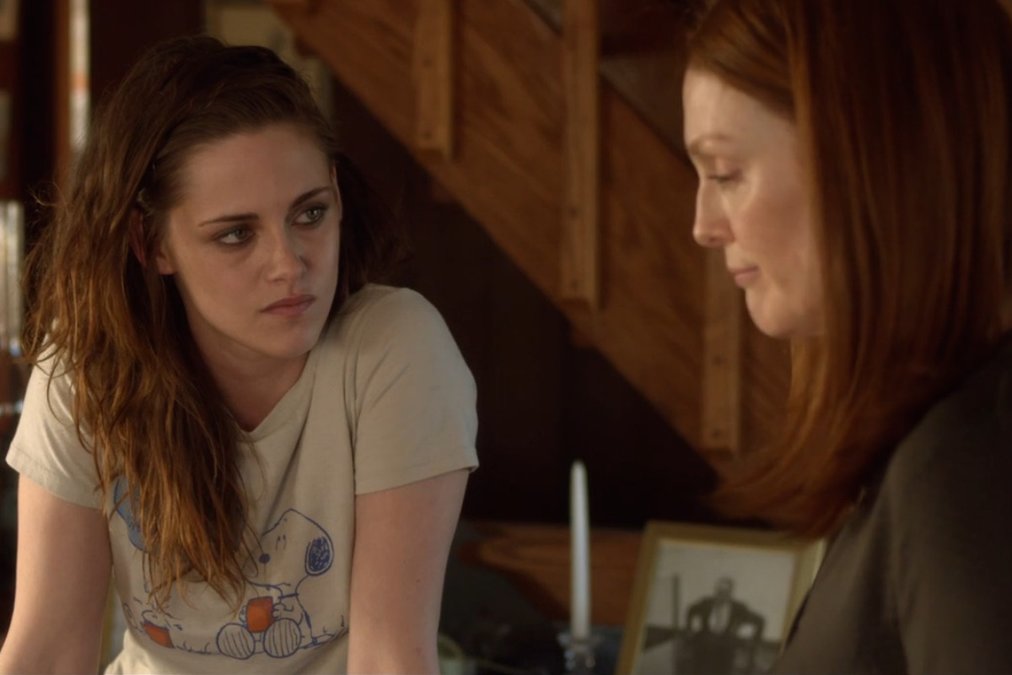
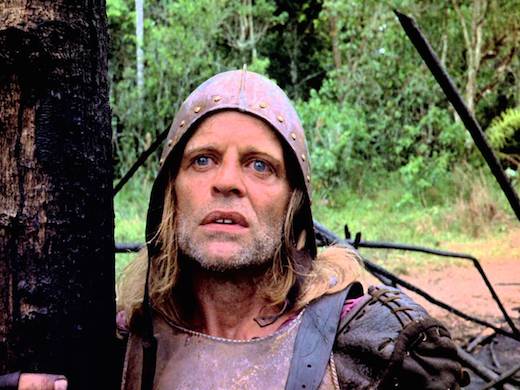

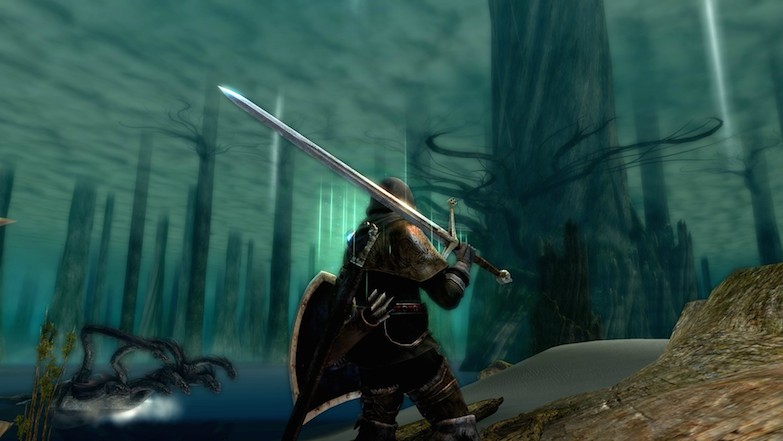
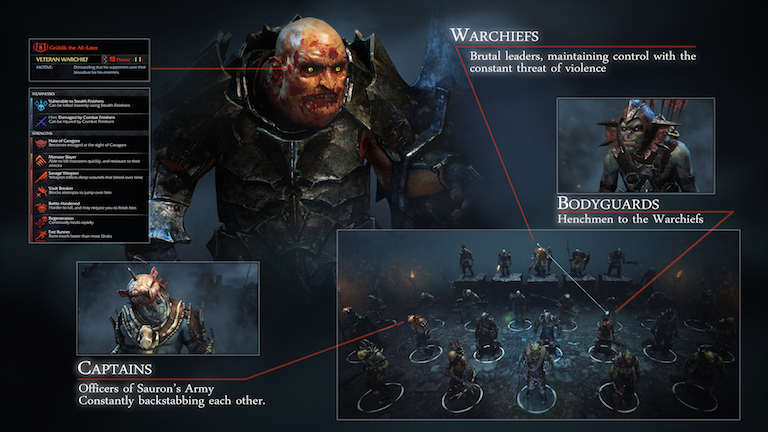
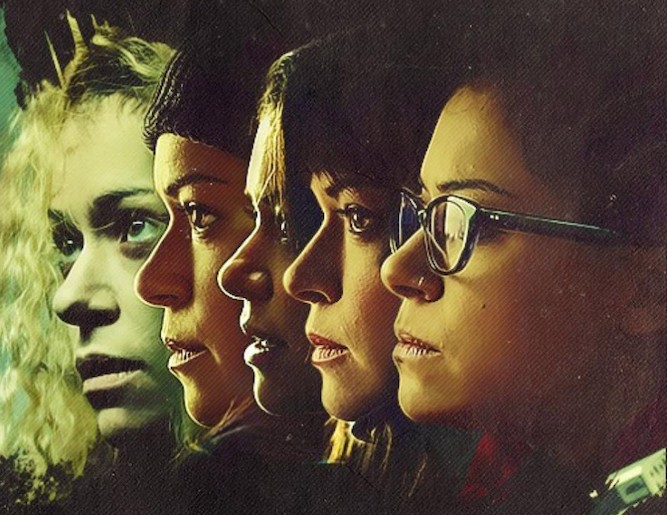

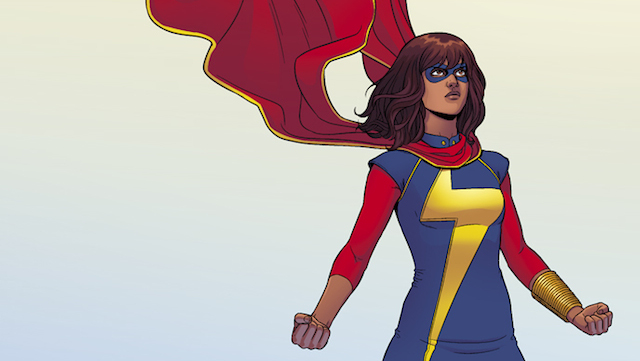


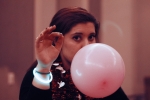


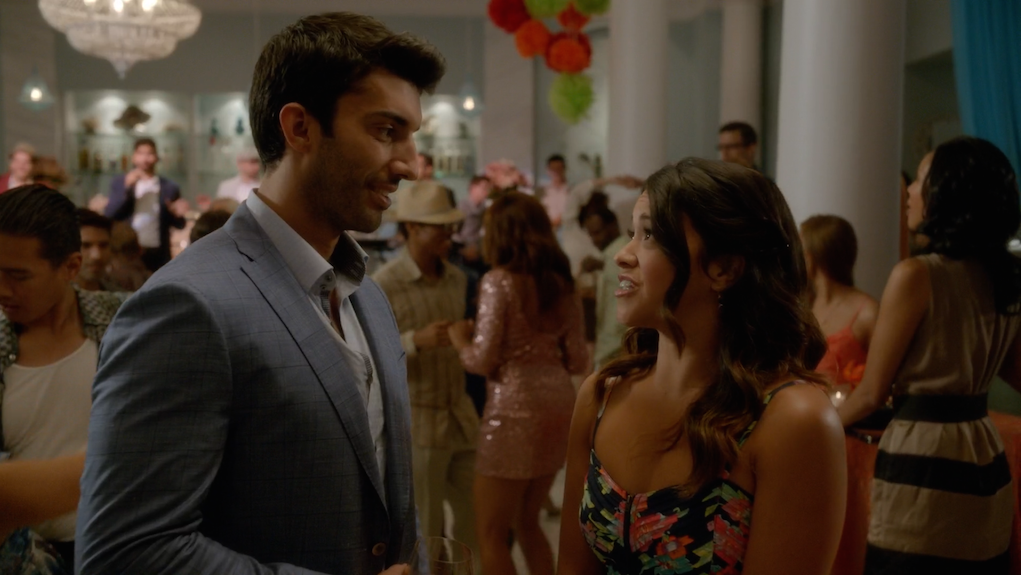
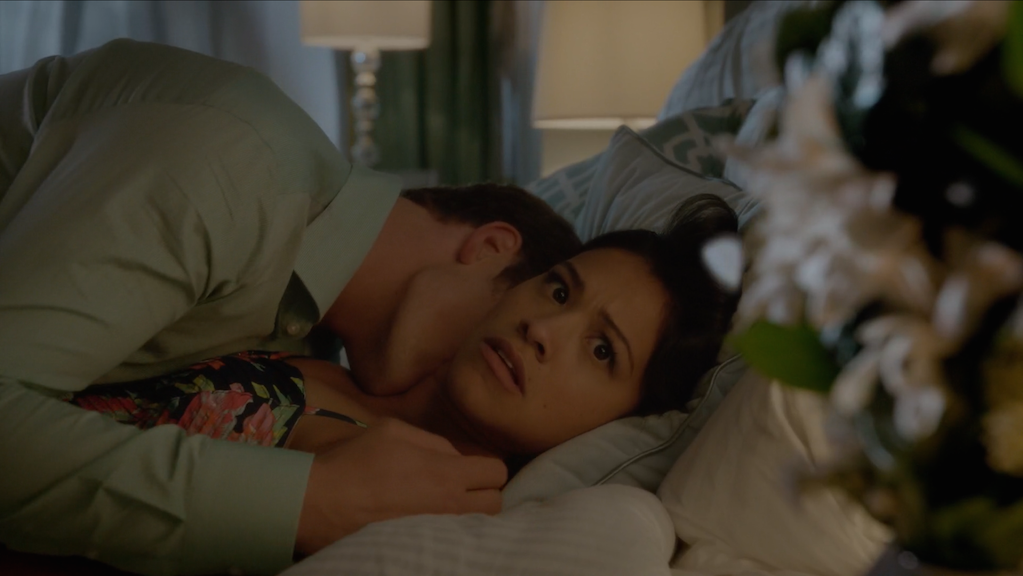
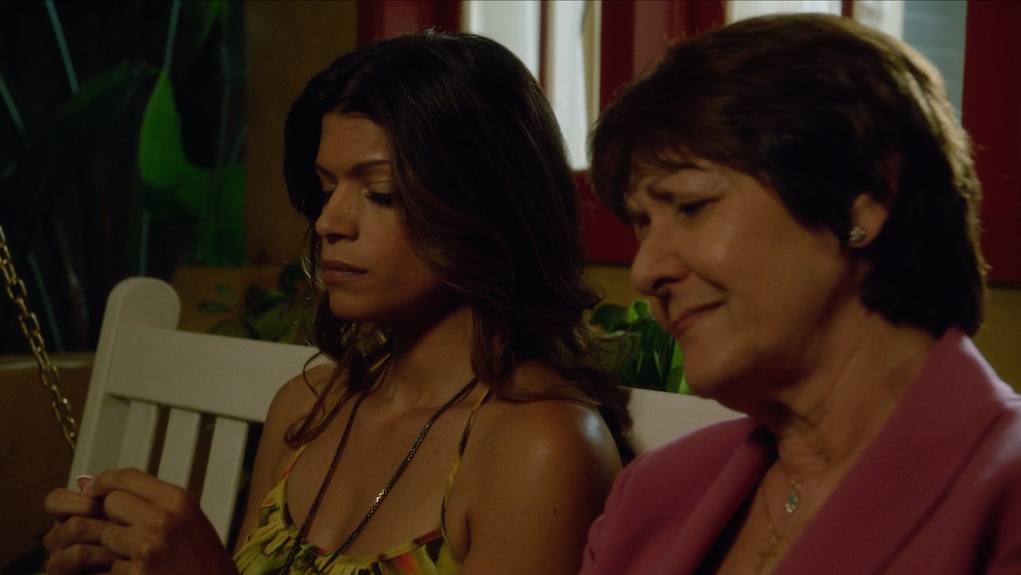
Recent Comments